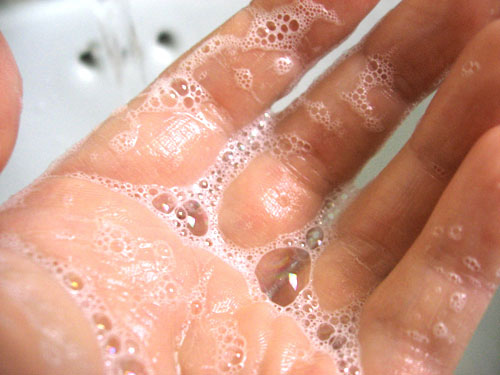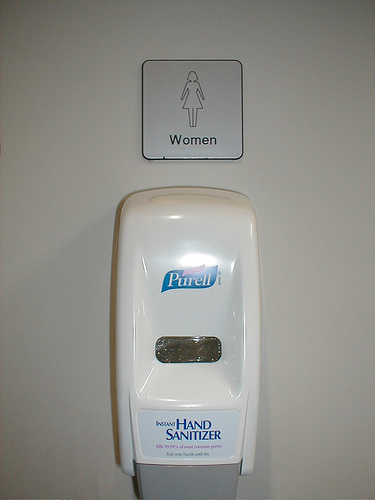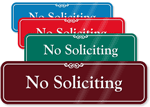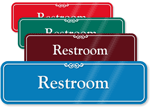Antibacterial soaps strengthen the bacteria you’re trying to kill
Antibacterial soaps are everywhere. Loaded with floral fragrances and topped with foam-producing pumps, these colorful liquid soaps promise instant hygiene. The obsession with a germ-free lifestyle is such, that antibacterial products have raided our entire home — from the kitchen to the bathroom to the bedroom. And while most of us think that’s a good thing, studies show that too much “antibacterial” is in fact, bad.
Antibacterial cleaners leave a surface residue even after rinsing. Although this residue helps kill bacteria that develops afterwards, it also fosters the growth of resistant microorganisms that are stronger and more harmful than the ones antibacterial cleaners are designed to kill.

Regular soap and water might be better than antibacterial soaps. From the Italian voice.
Triclosan in liquid soaps may produce resistant bacteria
Triclosan, the most commonly used chemical in liquid soaps and sanitizers, and other antibacterial compounds constitute almost 75 percent of liquid hand soap. Triclosan concentrations are higher in stream sediments of urban areas., meaning that there’s also a greater percentage of triclosan-resistant bacteria.
The benefits and hazards of triclosan are still being debated. Some studies show that triclosan makes bacteria resistant to antibiotics. Experiments also show that the antibacterial agents alter hormone regulation. The U.S. Food and Drug Administration (FDA) is now analyzing whether this agent in hand washing soaps is actually more effective than regular soap and water.
To ease consumer fears, some healthcare giants will soon ban triclosan from their products. Due to the adverse effects of such products, the Canadian Medical Association requested that its government ban them in 2009, but remained unsuccessful, until now. After reviewing the safety of triclosan, the Canadian government is set to declare it as toxic for the environment.
Impact of antibacterial products on health

The abundance of sanitizing products is not necessarily a good thing. From Heather Kennedy.
Excessive use of antibiotics is a common practice these days. Doctors over-prescribe antibiotics, and livestock are routinely injected with these drugs for growth stimulation. A 2013 threat report, by the Centers for Disease Control and Prevention (CDC), states that rapidly reproducing and genetically mobile microorganisms, like bacteria, develop resistance when they collide with frequently used antibiotics.
Approximately 2 million people in the United States are affected by antibiotic-resistant bacteria each year. Of these, 23,000 people die directly from the infections. Many others die due to other conditions complicated by the infection.
Possible solution and alternatives
A possible solution, although far-fetched, is to avoid taking of heavy doses of antibiotics altogether. This may slow down the bacteria’s evolutionary chain and give scientists the required time to develop new medicines.
On a more local level, individuals can turn back to the good ole’ soap. Regular soap may not be as appealing as antibacterial soap, but works well by loosening dirt, oil and microbes so that they are effectively rinsed off. Choosing a vegetable glycerin based soap is a greener and better way to stay bacteria and chemical free. And for household cleaning, avoid products with ingredients like “triclosan, Amicor, Aquasept, Bactonix, Irgasan DP300, Microban, Monolith, Sanitized, Sapoderm, Ster-Zac,” reports Alternatives Journal.
Category: New Products, Restrooms
















